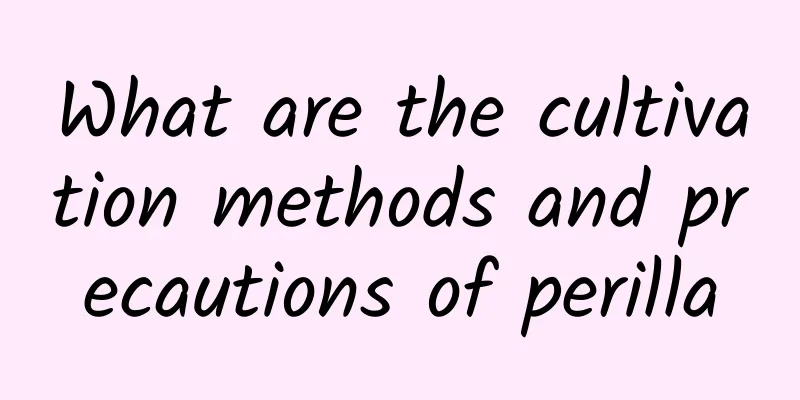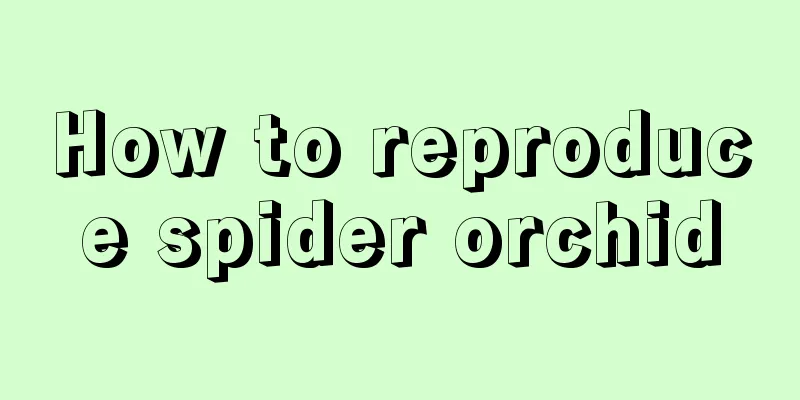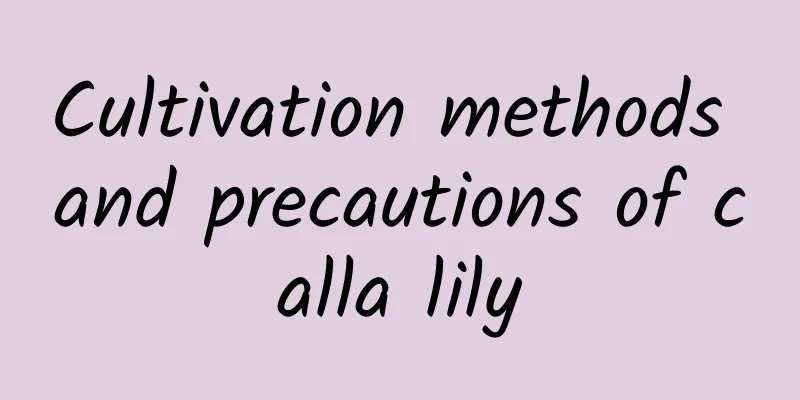What are the cultivation methods and precautions of perilla

Perilla IntroductionPerilla is a plant of the Lamiaceae family. It is generally propagated by seeds and direct seeding and transplanting. Common cultivated varieties include wild perilla, ear-tooth variety perilla, and Huihui perilla. Perilla cultivation methodsoilPerilla has low requirements for soil and grows well in well-drained, loose and fertile sandy loam, loam and clay loam. The most suitable soil is sandy soil with good drainage. It is best to plant vegetables as the previous crop. illuminationPerilla is a sun-loving plant, and more sunlight is also helpful for its growth, so when planting it, try to place it in a sunny place. If it is in the summer when the sun is strong, it still needs shade, otherwise the leaves will be burned. WateringPerilla likes a humid environment and has a greater demand for water during the growing season. It needs to be provided with sufficient water and sprayed with water frequently. The air humidity should be maintained between 75%-80%. If the air and the growing environment are too dry, the leaves will become hard and the quality will be greatly reduced. FertilizationPerilla has a relatively short growth cycle and can be harvested about 70 days after planting. The whole plant can be used for medicinal purposes, so nitrogen fertilizer is the main fertilizer used and some base fertilizer needs to be applied during planting. prunePerilla has a strong branching ability. Unnecessary branches can be cut off in time to reduce nutrient consumption. The cut branches and leaves are edible. Before the inflorescence appears on the plant, the plant can be topped to prevent flowering and promote vigorous growth of stems and leaves. Precautions for perilla cultivationPerilla should be watered frequently during its growth period, and attention should be paid to drainage during the rainy season, otherwise it will cause root rot and leaf rot. It has a great demand for light. If the plant grows very slowly, it is probably caused by too low growth temperature. |
<<: What are the cultivation methods and precautions of African jasmine?
>>: What are the cultivation methods and precautions of large-leafed green radish?
Recommend
Can the water used to raise fish be used to irrigate succulents?
Can fish water be used to water succulent plants?...
How to make white peony old
1. Increase the amount of water White peony is re...
How long does it take for June Snow cuttings to take root?
Rooting time of June snow cuttings The best time ...
How to eat fresh Hericium erinaceus best? How to eat Hericium erinaceus to nourish the stomach
1. How to eat best 1. Buy fresh Hericium erinaceu...
I've been growing flowers for 20 years, but I can't even water them properly. No wonder every pot I grow dies!
Water when the soil is dry Some flower lovers are...
Where are the best places to plant garlic fruit?
Garlic fruit planting conditions Before planting ...
How to grow whale flower
1. Maintenance methods 1. Temperature: Whale flow...
When and how to graft plum trees
1. Grafting time The best time to graft plum tree...
The difference between cymbidium and phalaenopsis, which one is easier to grow
1. The difference between Cymbidium and Phalaenop...
How to cultivate jade
1. Maintenance methods 1. Temperature: The most s...
How to grow watermelon to get high yield?
Watermelon is a popular summer fruit for its swee...
Fortune Tree | Aquatic Plants Suitable for Living Rooms
Other Names Malabar Poppy Habits It likes high te...
Do these two little tricks for the "coin grass", new leaves will keep growing, and the pot will be full in January
No matter what kind of plant it is, it will alway...
alert! Nine kinds of flowers can easily cause miscarriage in pregnant women!
Oleander: May cause miscarriage Oleander has brig...
The efficacy of mint and how to eat mint
1. Basic Introduction Mint is a plant of the Lami...









